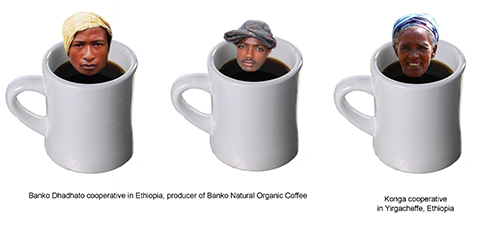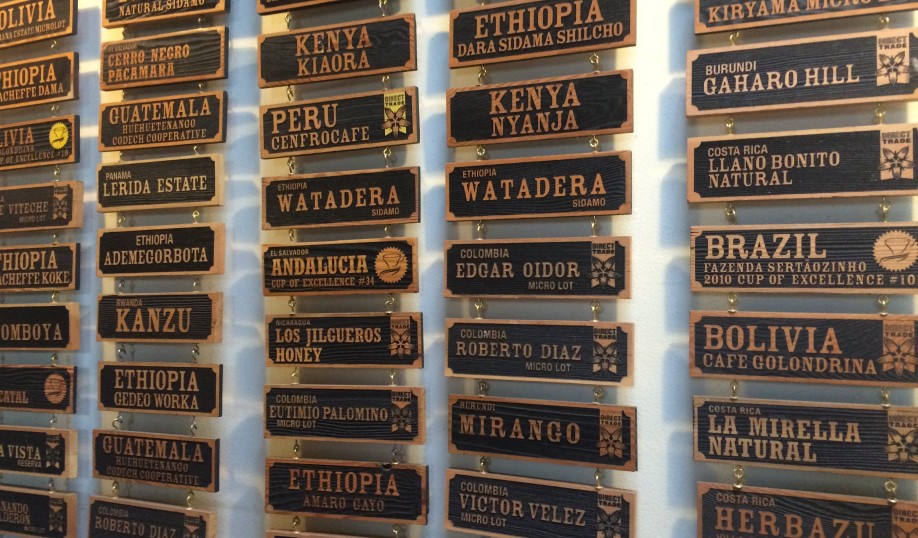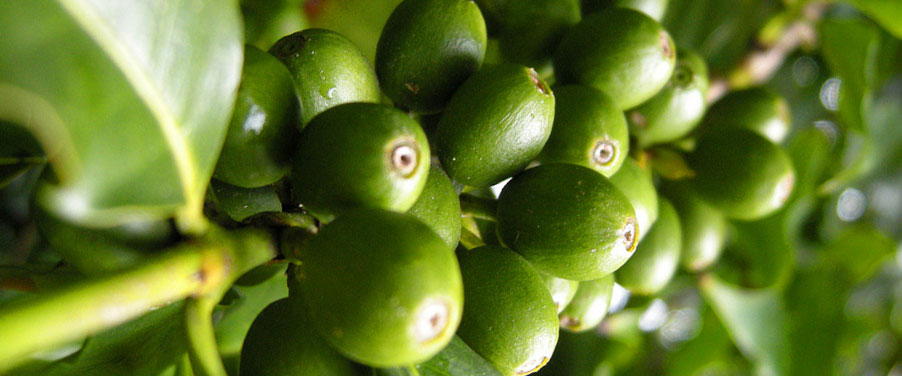Field Study Components:
3a) On your website complete the table of your group’s 3 favorite insights from visiting Olympia Coffee Roasters and/or Batdorf and Bronson.
3b) Consider how cafes may serve as places to educate coffee drinkers about coffee terroir. Create a post that includes a table of your group’s 4 favorite coffee cafes (eg. places) that offer customers information related to different aspects of terroir. In your table include: business name, business address, any particular resourceful people, and the aspects of terroir you can learn about at this place. At least three of these places should be other than Olympia Coffee Roasters or B &Bronson.
3c) Conduct two interviews with pre-authorized staff at Olympia field trip sites or group members regarding their experiences of terroir and coffee, one of which MUST be recorded (at least 1 minute excerpted to be posted to your website).
3d) Create a post of the favorite coffee-related thing you tasted. Describe what it was in detail. Next, describe WHY this was your favorite taste. To build on Escher’s “The Pale Yellow Glove” and Proust’s “The Madeleine” in The Taste Culture Reader as examples, please enjoy reading these excerpts of “coffee” in literature: http://www.theguardian.com/books/2009/mar/26/benjamin-obler-coffee-best-books These pieces of highly crafted “tasting” demonstrate possibilities for writing that makes present a key component of taste: the objectivities of human subjectivity (foibles and all). Here are some resources for learning to describe the taste of coffee: http://www.zecuppa.com/coffeeterms-cupping-tasting.htm and http://equalexchange.coop/sites/default/files/import/pdfs/media/news/Roast_MayJun12_WellRoundedPalate.pdf
3e) The Business of Coffee: Olympia. In this component provide images and text that demonstrate what you learned during your Olympia field work. In particular, and based on your experience, please address how “terroir” (or components of terroir, such as coffee variety, where grown) is being used to increase value, establish authenticity, highlight gastronomic pleasure, and a sense of place in relationship to the business aspects of coffee in Olympia.


